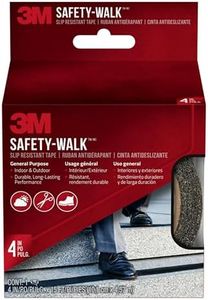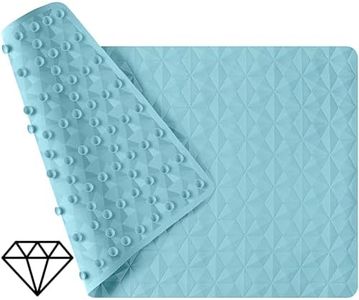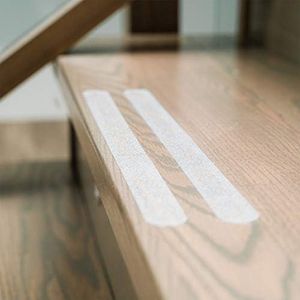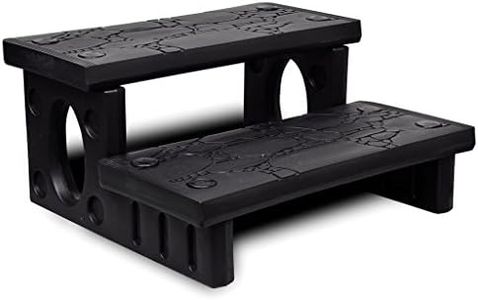We Use CookiesWe use cookies to enhance the security, performance,
functionality and for analytical and promotional activities. By continuing to browse this site you
are agreeing to our privacy policy
4 Best Walk In Bathtubs
From leading brands and best sellers available on the web.Buying Guide for the Best Walk In Bathtubs
Choosing the right walk-in bathtub can greatly improve your comfort, safety, and bathing experience, especially if you or a loved one has mobility concerns. Start by thinking about who will use the tub, any specific needs or physical limitations, and the space you have available in your bathroom. Each feature and specification affects both convenience and safety, so understanding what matters most for your situation will help you make the best choice.Door Type and EntryThe door type refers to how the walk-in bathtub opens and closes, which can be inward, outward, or sliding. This is important because it affects both the ease of getting in and out and how much space the tub will use in your bathroom. Inward-swinging doors are common and save space, but they may be harder to open if the tub is full. Outward-swinging or sliding doors require more room outside the tub but can be easier to operate for those with limited mobility. Consider who will be using the tub and how much space you have when choosing which door type is right for you.
Step-In HeightStep-in height is the distance between your bathroom floor and the bottom of the tub's interior. It's crucial because it determines how easy and safe it is to enter and exit the tub. Lower step-in heights (a few inches) are best for users with mobility issues, as they greatly reduce the risk of tripping or falling. If you or the intended user has significant difficulty lifting their feet, prioritize a very low threshold for easy entry.
Tub Dimensions and Seat HeightTub dimensions include length, width, depth, and the internal seat height. These influence comfort, accessibility, and whether the tub will fit in your bathroom. Compact models fit tight spaces but may feel snug, while larger tubs offer more comfort but need more room. Seat height matters for safe and easy transfers; a taller seat is typically easier to get in and out of but must still allow for comfortable soaking. Assess your bathroom's space and the size/mobility needs of the user to find the best fit.
Water Capacity and Drainage SpeedWater capacity is the amount of water the bathtub holds, directly affecting how long it takes to fill and how much water you will use per bath. A larger capacity can provide a deeper soak but may not be practical for everyone, especially in homes with older water heaters or lower water pressure. Drainage speed is equally important since you generally can’t open the tub door until the water is drained. Fast-drain features can help users exit sooner and stay comfortable, which is especially important for those who get cold quickly or have limited stamina.
Safety Features (Grab Bars, Non-Slip Floors, etc.)Safety features like built-in grab bars, non-slip flooring, and anti-scald technology are essential for anyone with limited mobility or a high risk of falls. Grab bars offer extra stability, non-slip surfaces prevent slipping, and anti-scald valves keep bath water at a safe temperature. If safety is your top priority or if the tub will be used by elderly or disabled individuals, look for a model with multiple safety features for peace of mind.
Therapeutic Options (Jets, Heated Surfaces)Many walk-in bathtubs now offer therapeutic options like whirlpool jets, air bubbles, and heated seat or backrest. These features help relieve joint pain, improve circulation, and offer a more luxurious bathing experience. If you are seeking relief from arthritis, muscle aches, or simply want a spa-like bath, consider tubs with these extras. However, remember that these features may require additional electrical work or maintenance.




